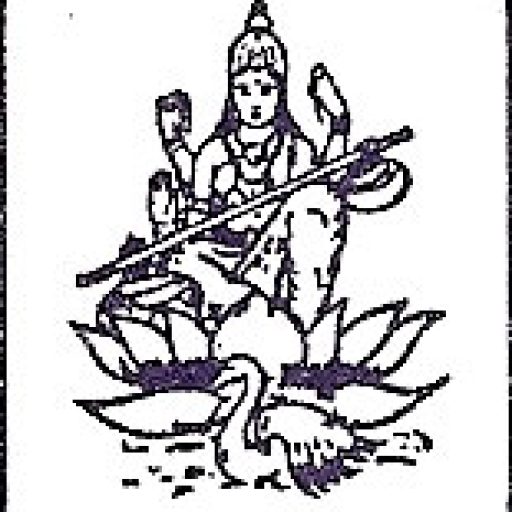The annual NRI music and dance festival is drawing to a close and it might be appropriate to review the true merits and significance of this unique series.
Hamsadhwani is not the only organisation in Chennai which provides a platform for talented and accomplished Indian citizens living abroad to perform our ancient arts. Other leading Sabhas also create similar opportunities, but they do so in isolated cases and in a sporadic manner. It is the intense concentration of such events into successive daily programmes for several weeks in a row in the throbbing overall cultural atmosphere of the winter season here which gives Hamsadhwani’s presentation of NRI musicians and dancers its distinct character.
The basic criteria governing the selection of NRI artistes for these events are that they should have attained a fairly high level of excellence and must become patron-members of the organisation, paying a prescribed fee. On the face of it, the second condition might seem to create some scope for diluting the required standards of performance.
But such misgivings tend to melt away when we attend the performances and take stock of what’s actually going on. And watching so many earnest young men and women striving to excel on the home front, one is inclined to reflect a little on the much wider question of the cultural concerns of Indians living in foreign lands.
Goodwill and opportunity
The one-time fee charged for lifetime membership with the status of patron is not very substantial, and is quite negligible in the NRIs’ scheme of things. Such amounts collected every year are hardly adequate for meeting the expenses of this festival, particularly the remuneration of local accompanists arranged by the organisers and the cost of attractive mementos presented to all the visiting musicians and dancers.
Unlike the large donations accepted by certain other leading Sabhas for lending their halls and prestige now and then for staging similar events, this is not really a source of revenue for Hamsadhwani. What the organisation does gain from the patronage is a growing fund of goodwill in Indian cultural circles abroad, which is bound to be useful for Hamsadhwani’s acquiring a forceful international image and presence in due course.
On the other hand, the festival provides an excellent opportunity for serious foreign-based students and teachers of our classical music and dance to reinforce their accomplishment by facing the challenge of performing here in the dynamic and highly competitive environment of the December cultural extravaganza.
When we talk about `teachers’ in this specific context, we are not thinking of elderly persons and institutional tuition. Many of the young NRIs who perform in this festival happen to be teaching their art to other young people where they live, even if it is only in classes held in domestic settings. In fact, any talented native who has learnt a native performing art well but is living abroad is likely to turn into a teacher sooner or later, if only to pass on the special knowledge and skills to his or her own children. But it so happens that the students are often children of other persons of the same native origin, or sometimes even foreigners.
Moral obligation
In the absence of a local forum in which the art can be practised regularly and well in front of a knowledgeable and critical audience, the only way not to let one’s accomplishment deteriorate or fade away in the alien environment is to teach the art well to others living there, which creates a moral obligation to achieve and preserve excellence. That is why, in the case of Indians living abroad, while all lovers of our classical music and dance have strong cultural roots in India, those who have learnt our music and dance well carry the burden of a great cultural responsibility also.
The fact that such teaching is often a very lucrative source of income does not in any way diminish its usefulness in terms of helping to preserve our cultural values in difficult foreign conditions. In fact, it imposes an even greater obligation on the teachers to maintain very high standards of tuition.
Obviously the strong currents of Carnatic music and classical dance overflowing all over Chennai in the winter season are a source of concentrated nourishment for the cultural roots of all visiting NRIs, as they are for local citizens and for visiting rasikas from other places in India. And Hamsadhwani’s December festival, by posing a challenge and raising the standards of the performing NRIs, enables them to fulfil their cultural responsibility better wherever they happen to live.

